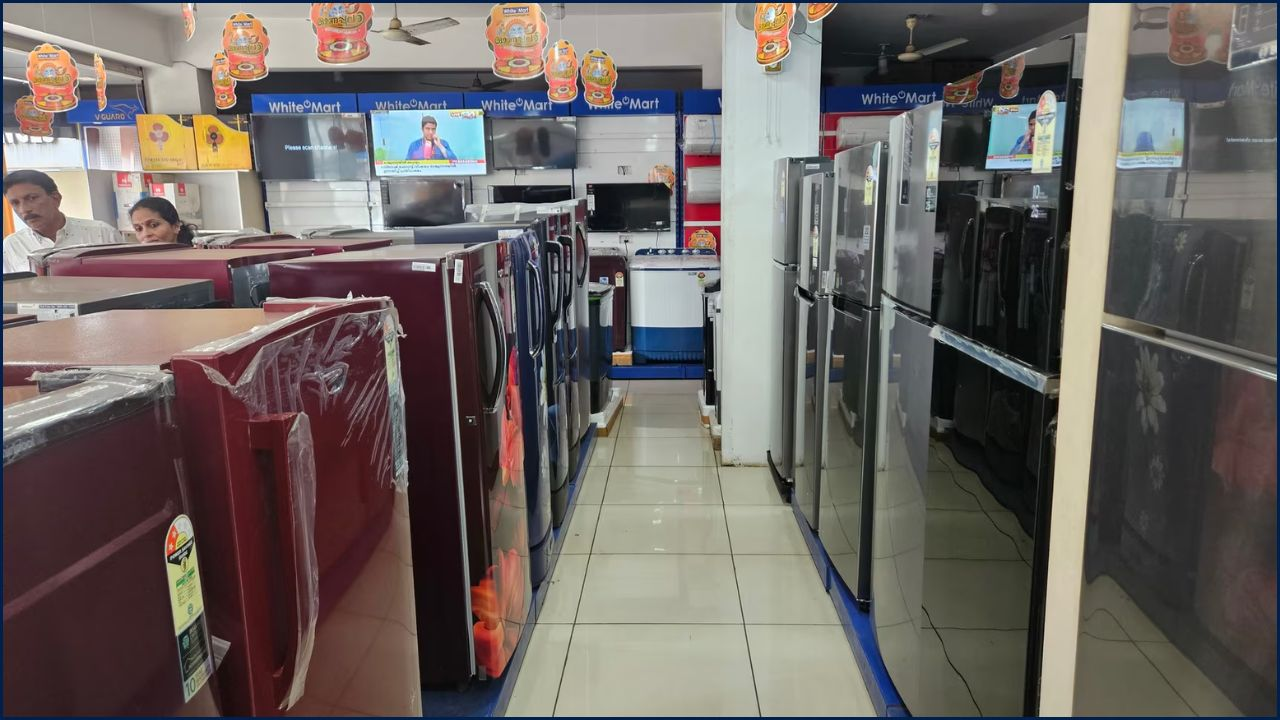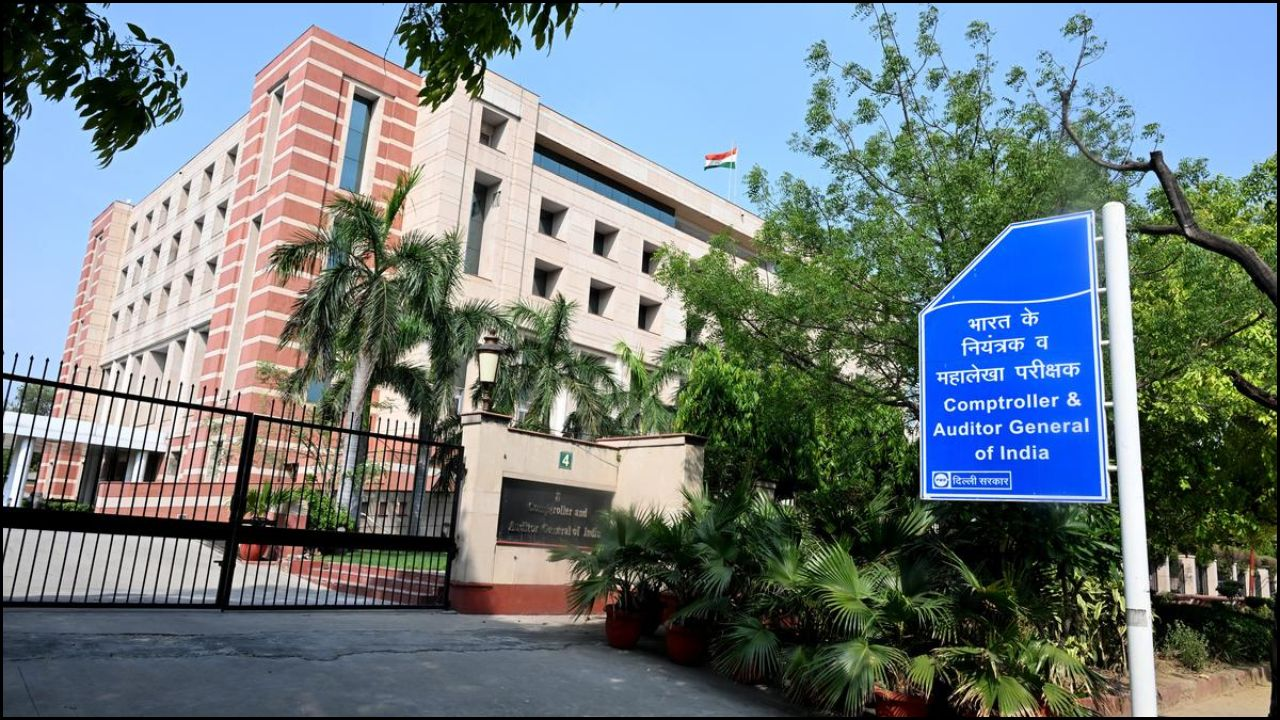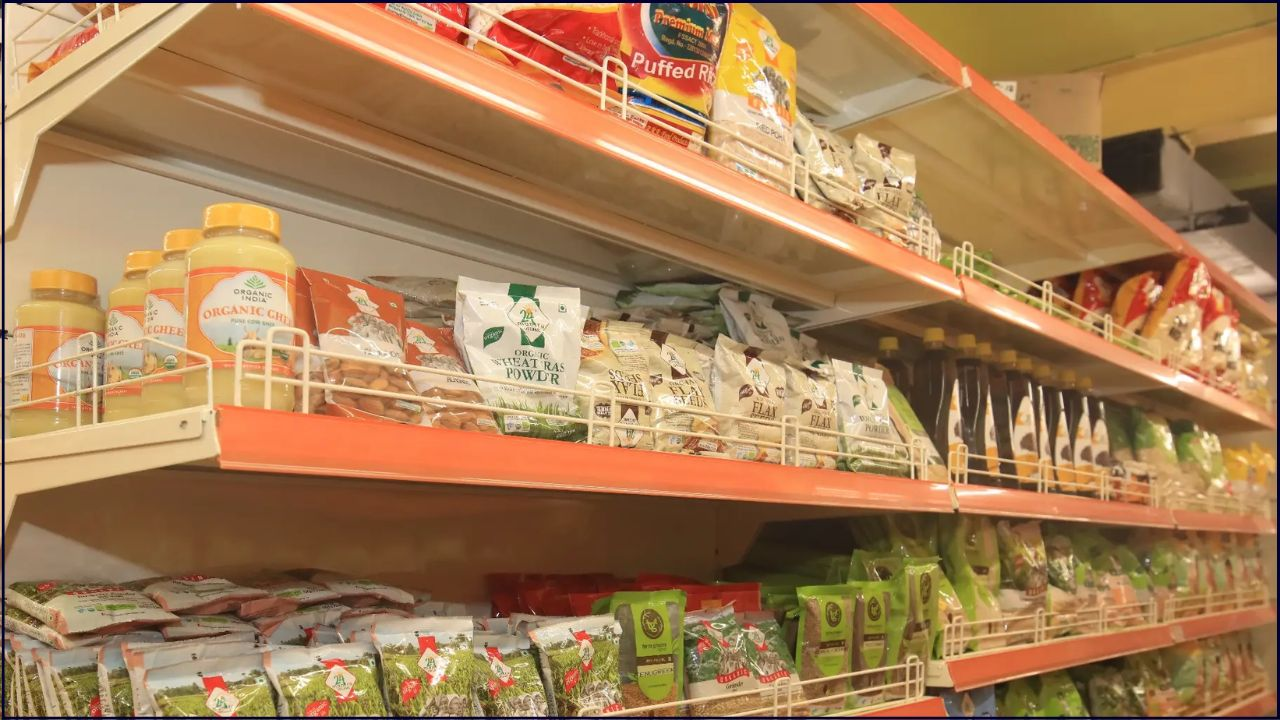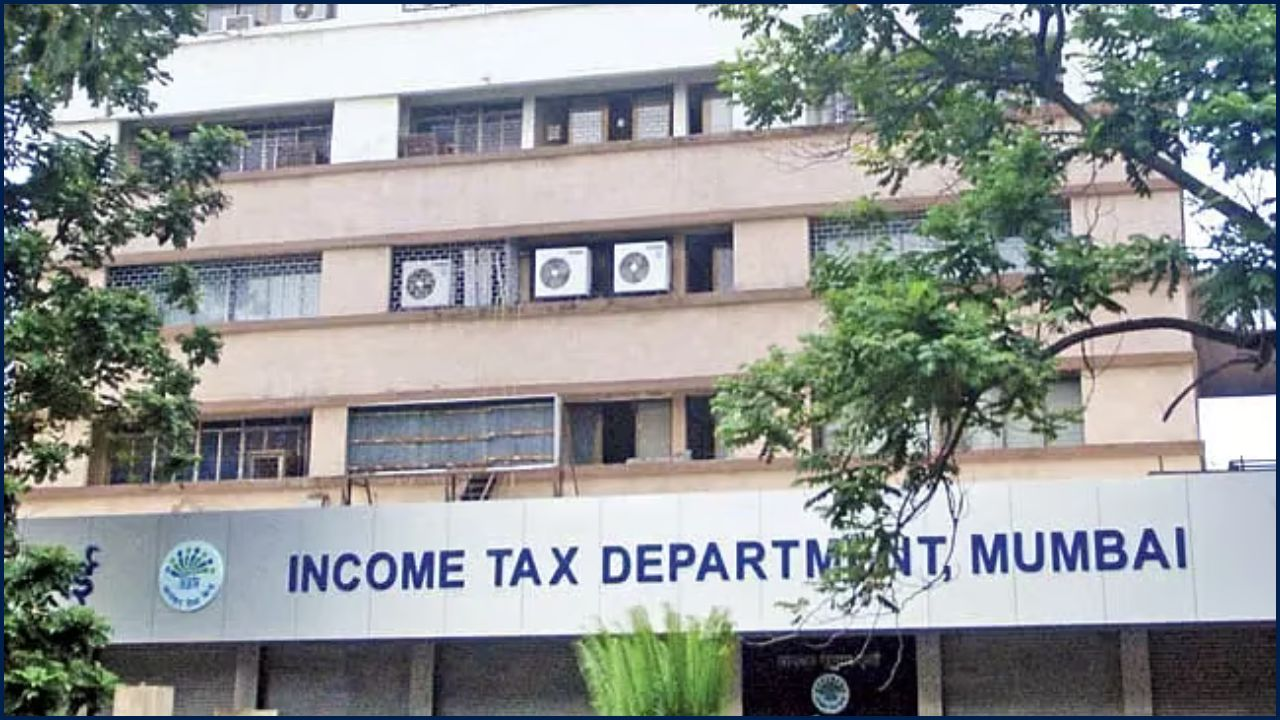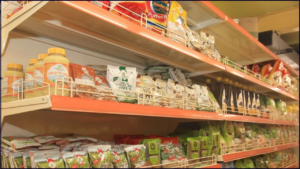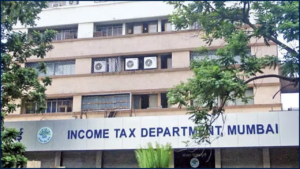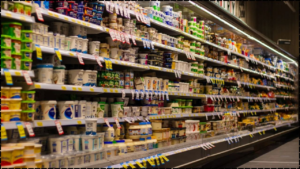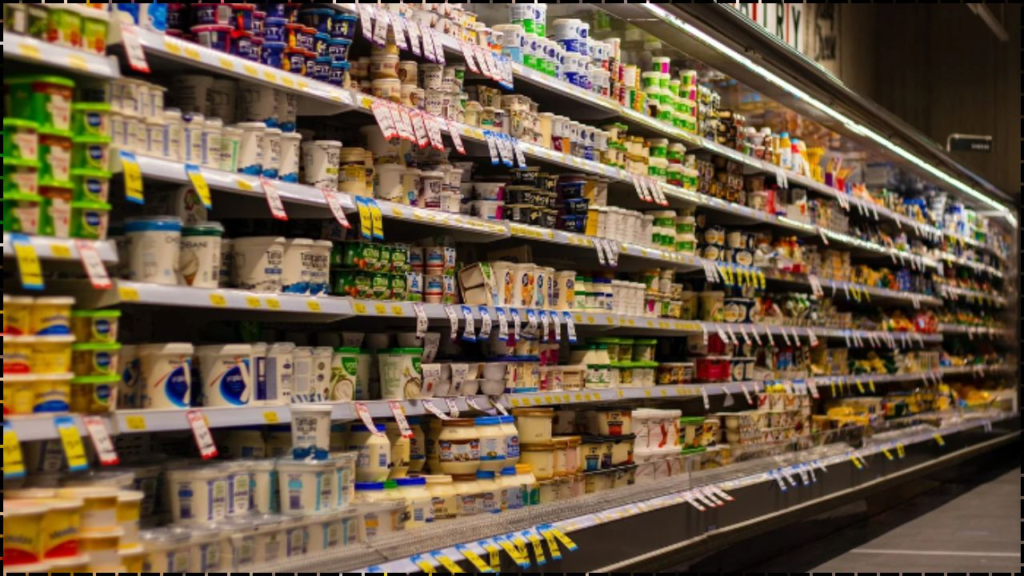
India’s revised Goods and Services Tax (GST) rates, known as GST 2.0, came into effect on 22 September 2025. The reform eliminates the 12% and 28% slabs, shifting many consumer essentials into the 5% bracket while raising luxury and “sin” goods to 40%, according to official government announcements.
Major Rate Changes under GST 2.0
The new structure simplifies the indirect tax system into four primary slabs: 0%, 5%, 18%, and 40%, according to the Ministry of Finance. Previously, India operated with five main brackets, including 12% and 28%.
Officials said the reform is intended to reduce compliance burdens, lower prices on essential goods, and align India’s tax system with global practices.
“This is a decisive step towards a simpler and fairer GST regime,” Finance Minister Nirmala Sitharaman said during a press briefing on Friday. “Households will feel immediate relief, while luxury consumption will be taxed more appropriately.”
Essentials Now at 5%
Several widely used items were shifted from higher slabs to the 5% GST bracket. These include:
- Soaps, shampoos, toothpaste, and hair oils – moved down from 18%.
- Packaged dairy products such as butter, ghee, cheese, and paneer – reduced from 12–18%.
- Medical supplies, including diagnostic kits and surgical gloves – cut from 12%.
- Prepackaged dry fruits, nuts, and spices – lowered from 12–18%.
Economists said the move could have a direct impact on household budgets. Dr. Arvind Subramanian, former Chief Economic Adviser, noted that “reducing tax on daily consumables could provide short-term relief against inflation, though the long-term fiscal balance remains to be seen.”
Goods Now at 18%
The new 18% slab captures items that were previously in the higher 28% category. Examples include:
- Small passenger cars with petrol, hybrid, LPG, or CNG engines under 1200 cc.
- Motorcycles up to 350 cc engine capacity.
- Air conditioners and televisions above 32 inches.
Industry groups welcomed the reduction. The Society of Indian Automobile Manufacturers (SIAM) said in a statement that “lowering the tax rate on entry-level cars and motorcycles could boost sales in a recovering market.”
Luxury and Sin Goods at 40%
A new 40% slab was introduced for high-value and socially harmful products. These include:
- Cigarettes, pan masala, and tobacco products.
- Sugary soft drinks and aerated beverages.
- Large luxury vehicles with high engine capacity.
Public health advocates said the reform could help curb consumption of harmful products. Dr. Meera Nair, a health economist at the Indian Council of Medical Research, said: “By taxing tobacco and sugary drinks more heavily, the government is sending a clear signal on health priorities.”
Exemptions and 0% Category
Several essential goods remain fully exempt under the 0% slab. These include:
- Fresh milk, eggs, curd, and lassi.
- Unbranded cereals, pulses, and flour.
- Traditional Indian breads such as roti and paratha.
This exemption, analysts said, ensures that basic nutrition remains affordable to low-income households.
Economic and Political Implications
The government expects the revised structure to simplify compliance for businesses and increase overall tax collection efficiency. However, critics have warned about potential short-term revenue volatility.
Opposition leaders argued that certain upward adjustments, such as moving ultra-high-end cars to 40%, may dampen luxury demand. “The government must ensure that GST reform does not inadvertently stall high-value sectors that contribute significantly to employment,” said Congress spokesperson Randeep Surjewala.
The reform is part of a broader effort to make India’s indirect tax system more transparent ahead of the 2026 general elections.
Conclusion
The GST 2.0 reform marks the most significant overhaul of India’s indirect tax system since its introduction in 2017. By lowering rates on essentials and raising taxes on luxury and harmful goods, the government aims to strike a balance between affordability, equity, and revenue generation. The true impact, however, will depend on how markets and consumers adapt in the coming months.


